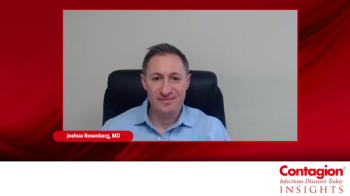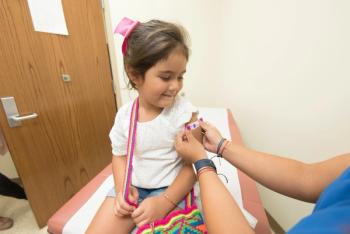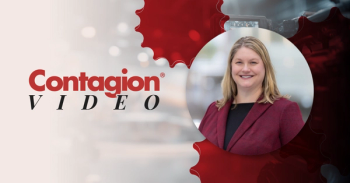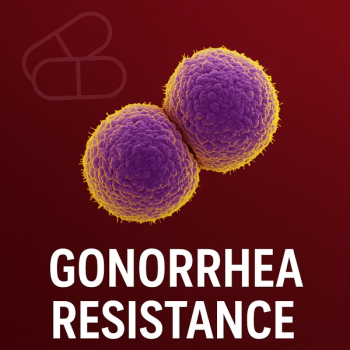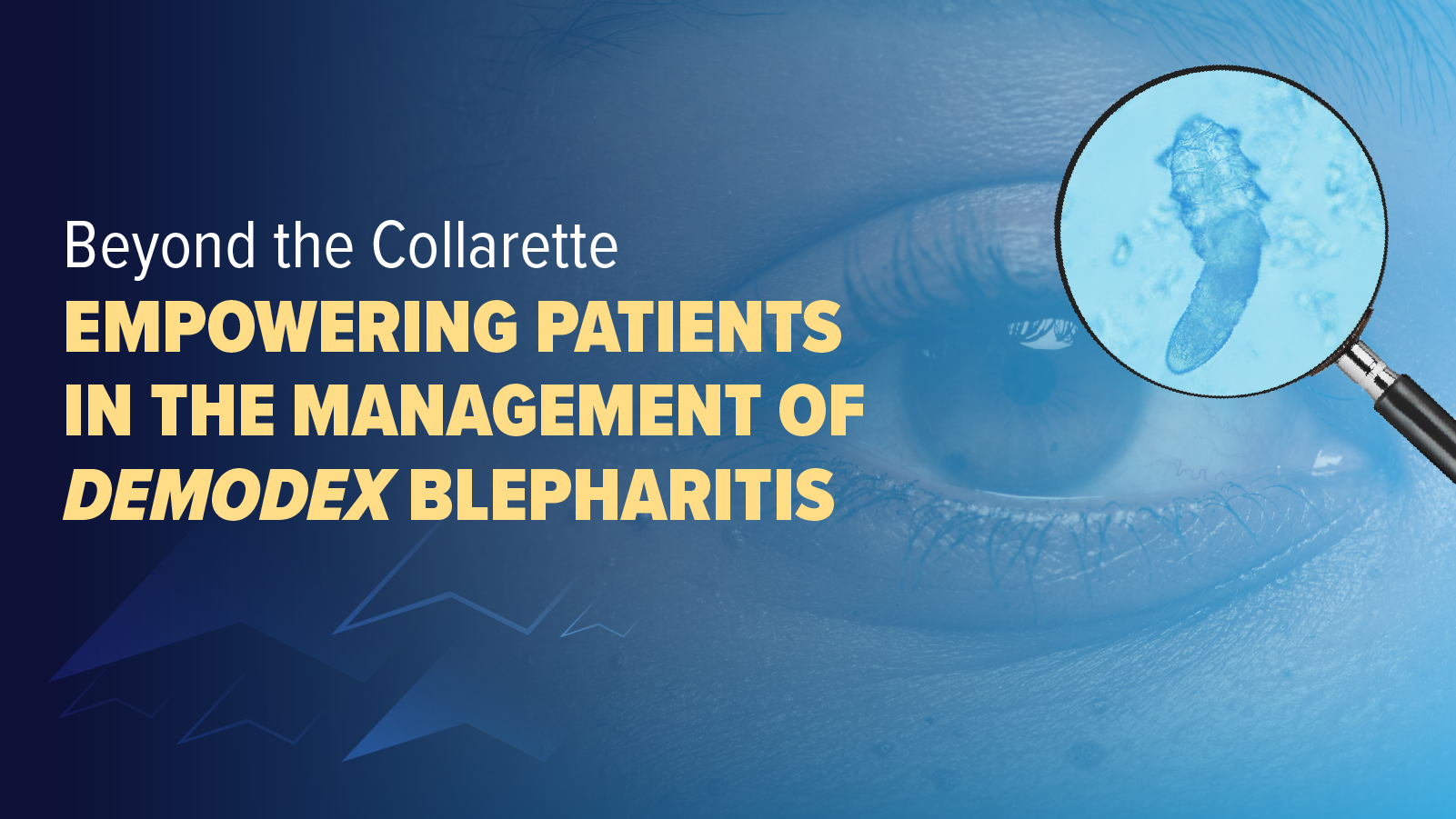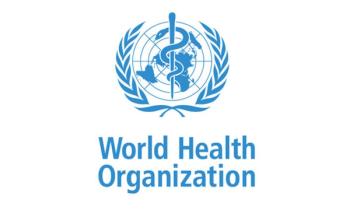
Merck’s MK-8527 Advances to Phase 3 for Once-Monthly HIV Prevention
At IAS 2025, Luisa Stamm, MD, PhD, explains the NRTTI’s mechanism, study setup, and key data on HIV prevention efforts.
Merck has announced the launch of 2 global phase 3 clinical trials for MK-8527, its once-monthly oral HIV preexposure prophylaxis (PrEP) candidate. The announcement coincides with new phase 2 data presented at IAS 2025, the 13th International AIDS Society Conference on HIV Science. Luisa M Stamm, MD, PhD, associate vice president of infectious disease clinical research and section head for HIV at Merck, said the candidate shows promise in addressing current prevention gaps.
“MK-8527 is a novel class of antiretrovirals,” Stamm explained. “It primarily inhibits viral replication through 2 unique mechanisms of action. Firstly, it incorporates into the reverse transcriptase and blocks RT translocation, preventing further incorporation of nucleotides into the nascent viral DNA. This results in immediate chain termination. Secondly, if translocation does occur, 8527 induces a structural change in the viral DNA that results in a delayed chain termination.”
Together, these actions contribute to MK-8527’s high potency and strong resistance barrier. The drug also has a long intracellular half-life, making it suitable for extended dosing. “The intracellular triphosphate—the active form of 8527—has a half-life of 10 days,” Stamm noted. “At the selected phase 3 dose of 11 mg, we are predicted to stay above the target efficacy concentration for a month.”
New Trials Aim to Address Gaps in Global PrEP Access
Merck’s 2 newly launched phase 3 studies—EXPrESSIVE-10 and EXPrESSIVE-11—will enroll more than 9000 participants collectively. EXPrESSIVE-10, conducted in partnership with the Gates Foundation, will enroll 4580 adolescent girls and women aged 16 to 30 years in Kenya, South Africa, and Uganda. EXPrESSIVE-11 will enroll 4390 participants across 16 countries beginning in August 2025.
“Our once-monthly PrEP candidate, MK-8527, has the potential to address critical gaps in HIV prevention, particularly for communities with limited access to daily options,” said Eliav Barr, chief medical officer at Merck Research Laboratories.
Stamm added that the trials were designed to reflect real-world use and prevention challenges. “When we were thinking about the EXPrESSIVE studies, we decided that daily FTC/TDF [emtricitabine/tenofovir disoproxil fumarate] was a reasonable comparator,” she said. “Globally, FTC/TDF is the most accessible standard of care currently, and we thought it was most valuable to do a comparison of oral daily vs oral monthly—so oral vs oral.”
Both studies will use adjudicated HIV infections as the primary end point and will integrate pharmacokinetic (PK)-based adherence assessments. “We acknowledge that with these regimens, efficacy is highly linked to adherence,” Stamm said. “These PK assessments will help us better understand how adherence impacts efficacy for both the daily and monthly regimens.”
To ensure representative and equitable enrollment, participants will be randomly assigned 1:1 and stratified based on key variables. “For EXPrESSIVE-10, we will be stratifying by age,” she said. “For EXPrESSIVE-11, we’ll stratify by geography and gender/gender identity.”
Phase 2 Data Support Once-Monthly Dosing
At IAS 2025, Merck shared data from a phase 2 double-blind trial (NCT06045507) in 350 adults with low-risk disease. Participants received MK-8527 at doses of 3, 6, or 12 mg or placebo monthly for 6 months. Results showed no clinically significant laboratory abnormalities—including in CD4 and lymphocyte counts—and a safety profile comparable to placebo. “The data we’re presenting at IAS 2025 support advancing into phase 3 trials,” said Barr.
Global Collaboration and Community Engagement
EXPrESSIVE-10 is being funded by the Gates Foundation through the International Clinical Research Center at the University of Washington and the University of Alabama at Birmingham. Community advisory groups will play a key role in guiding culturally sensitive outreach and participant engagement at 31 sites across sub-Saharan Africa.
“Only 18% of global PrEP demand is met,” said Trevor Mundel, president of global health at the Gates Foundation. “We need long-acting, scalable solutions like MK-8527 to close the prevention gap.”
Stamm emphasized the care taken to select trial locations where PrEP could make the greatest impact. “The team has worked on selecting countries and sites with populations that would most benefit from PrEP, with the highest likelihood of exposure to HIV,” she said.
Stay tuned for part 2, where Luisa Stamm will discuss the HIV prevention pipeline and provide closing thoughts on the program.
Newsletter
Stay ahead of emerging infectious disease threats with expert insights and breaking research. Subscribe now to get updates delivered straight to your inbox.

